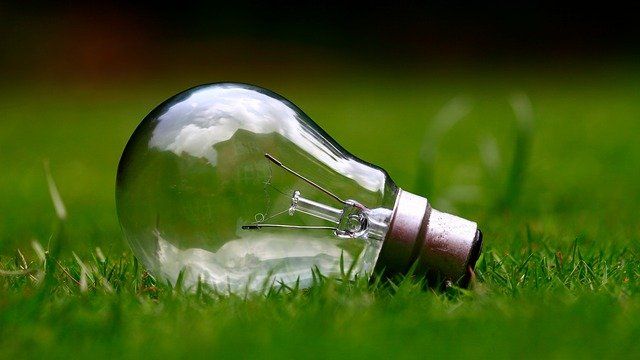More climate protection also means more electricity demand. This is clearly illustrated, for example, by the coalition agreement signed today in Rhineland-Palatinate, in which the traffic light parties have set themselves ambitious climate targets. Earlier, the green-conservative alliance in Baden-Württemberg adopted its new coalition agreement with similarly ambitious targets. “This will have a considerable impact on the electricity markets”, says Markus W. Voigt, CEO of aream Group. “Only renewable energy sources can meet the additional demand, which may lead to a temporary increase in electricity prices.”
The new coalition agreements in Mainz and Stuttgart stipulate that the two states will become climate-neutral by 2040, and electricity in Rhineland-Palatinate is to come entirely from renewable sources as early as 2030. “Oil and gas are to be replaced by electricity”, Voigt says. “A megatrend toward electrification is emerging here. That is because, in addition to Rhineland-Palatinate and Baden-Wuerttemberg, other countries, states, institutions and companies are also striving for climate neutrality - and faster than expected just a few years ago.”
Any tightening of climate targets will automatically lead to electricity becoming the fuel of choice even in industries that previously used fossil fuels. “Even long-established steel mills are planning to convert their blast furnaces to hydrogen-based production in the coming years”, says Voigt. “This hydrogen will then have to be produced in a climate-neutral way – which will result in a very significant surge in demand for electricity, which will have to be met from renewables.”
“But that also means that supply won't be able to keep up with demand – which will cause prices to rise, at least temporarily”, Voigt says. “The trend of falling electricity prices due to melting subsidies will be slowed or reversed in this way.” But the shortage of green power will also increase pressure on policymakers to move faster in regulating renewables and make more plants possible.
In this regard, the intentions of the two German states are just one of many interesting steps: “Increasing digitalization alone is creating such a huge increase in demand for electricity that it is imperative to accelerate the construction of new solar and wind plants”, says Voigt. This is because the rising demand is not being met by a constant supply, but by one that is shrinking sharply due to the shutdown of coal-fired power plants and the phase-out of nuclear energy, for example. The incoming government in Baden-Wuerttemberg, for example, is taking this into account by designating new wind power sites in state forests and on state land.
For investors in renewable energies, this means not only stable, but possibly even increasing returns. “We need a lot more green power and have exciting electricity markets ahead of us. This is not a chimera on the horizon, but currently incorporated into the government programs of two German states”, says Voigt.
PRESSEKONTAKT:
Leandra Kiebach
T: +49 (0)211 30 20 60 4-2
E: lk@aream.de
